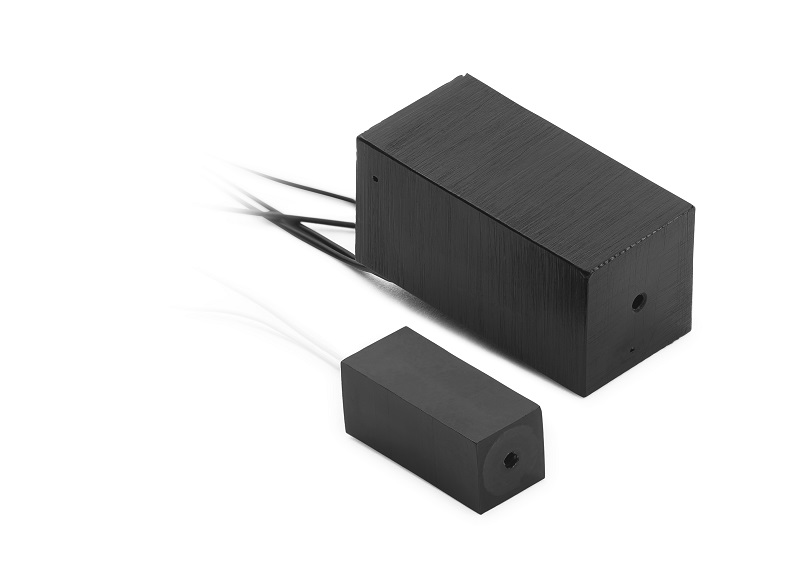
If there is one arena that requires the utmost accuracy and durability when we talk about machines, it’s medical devices. The medical field has seen a drastic evolution in only the past decade itself. One of the better advantages of these developments has been technology and its application in medical devices. Through the application of such super meticulous processes like the Micro soldering technique, manufacturers can produce highly enhanced and microscopic sensors and transducers to use in varied medical devices.
Hence, when we talk about the advancements in the medical field, we cannot forget the contributions of the Micro soldering technique. Although difficult to contemplate, the process of micro-soldering becomes necessary due to the requirement that medical devices demand. With the progression in time, things and devices have gotten smaller. The same as with medical devices. Today, the dedicated space for a particular element in a device has fallen drastically. Space as small as a strand of hair allowed for medical sensors. Hence, the micro soldering technique becomes dramatically necessary.
Unlike the conventional soldering method that isn’t accurate and allows for a grand number of errors, micro soldering is soldering at a dramatically microscopic level.
Elements like a source of heat and electricity use on an elevated scale to get the conventional soldering style to work. But, there is no need for such drastic measures in micro soldering. Companies spend years developing such integrations for soldering.
But why is micro soldering required? Well, as hinted, medical devices rely heavily on accuracy. The smooth functioning of sensors is one of the primary demands of a medical device like an MRI scanner. Additionally, the sensor’s size is also in microscopic figures. So, when the device requires such a minute level of detail with the addition of accuracy, how do you do it? Well, the answer is micro soldering. The process applies thermal pressure at an extremely small level to join wires, metal pieces, and other necessary elements together. It’s a fantastic invention that only a couple of years back deemed impossible.
Today, medical devices are more accurate, durable, and provide faster results than ever, thanks to these small but significant processes. Pacemakers, pain management devices, devices related to psychological treatments, and more use sensors devised from such processes on a high scale. The compact nature of this equipment would not have been possible if not for the brilliant minds that discovered such techniques. Amidst all the good, there are some downsides to the process as well. The need for automation, production cost, and the lack of high-scale demand are only a handful of the many challenges the manufacturer of micro-soldering has to face. While some device manufacturers refuse to adapt to a generalized size of the sensors helping mass-scale production, others simply lack education. Micro soldering technique is the future for sensors used in the medical arena. Companies dedicated to innovating such processes are constantly evolving and deciding new wags to battle these challenges.
